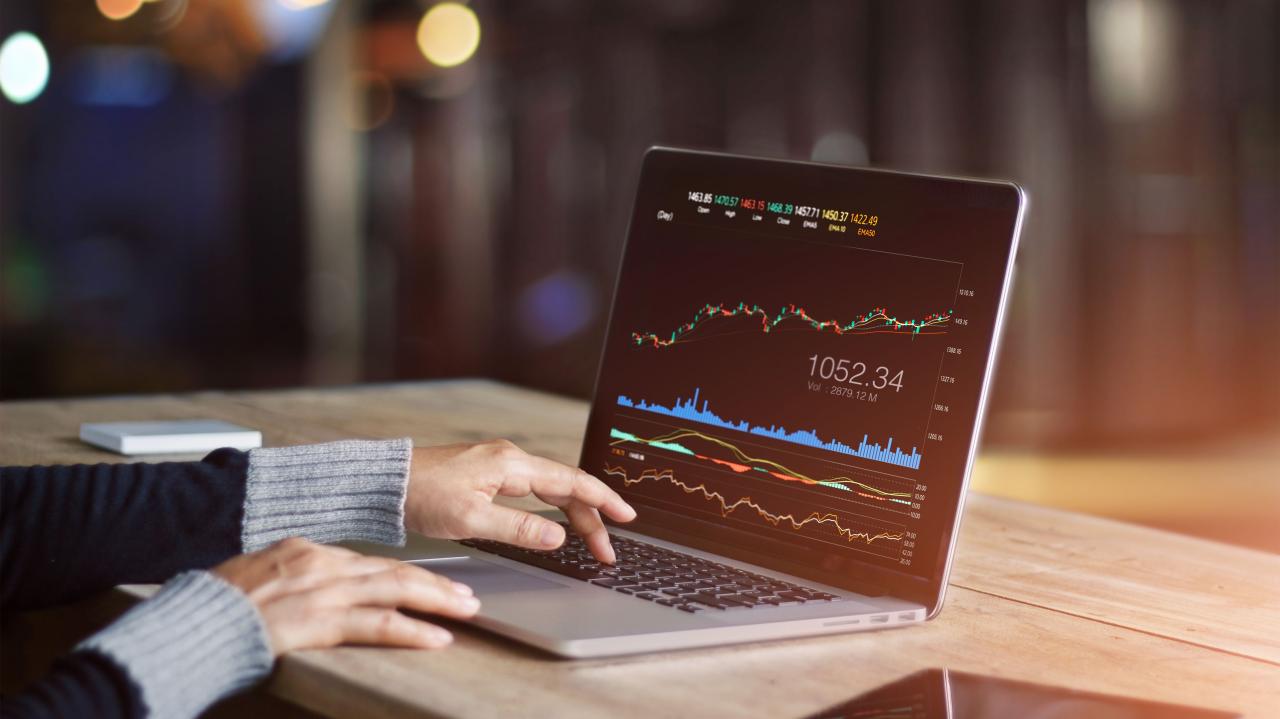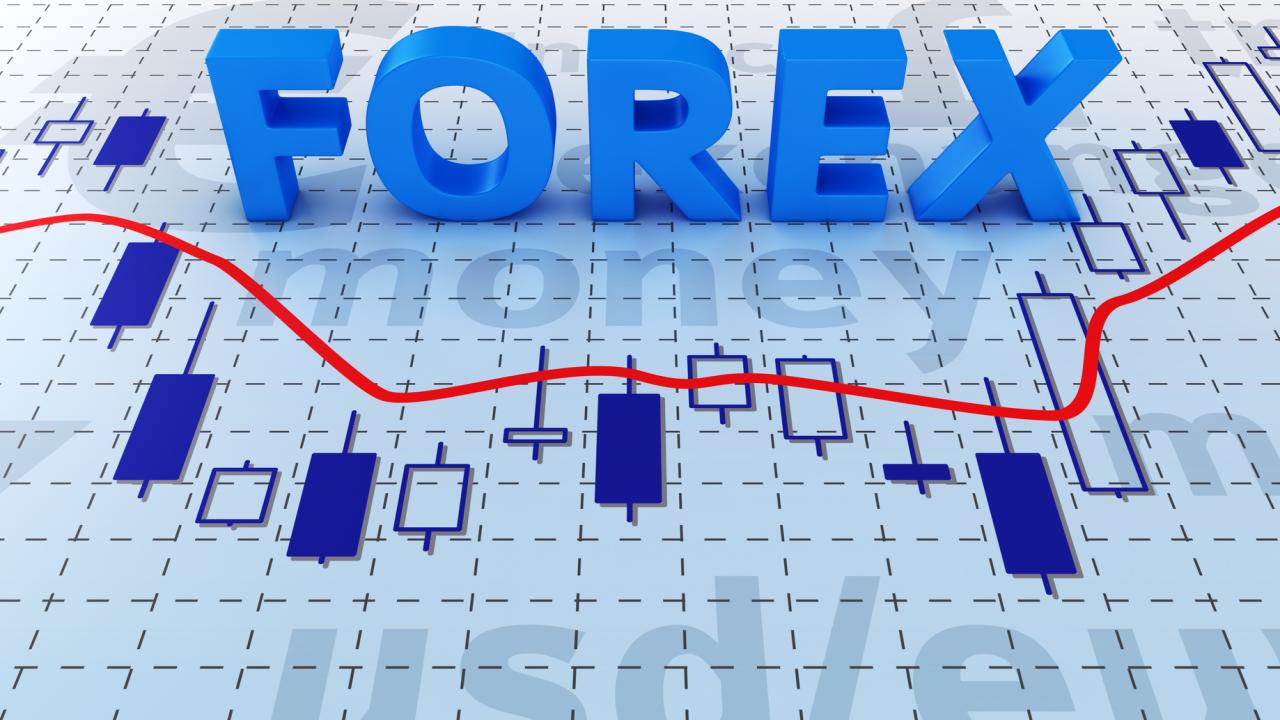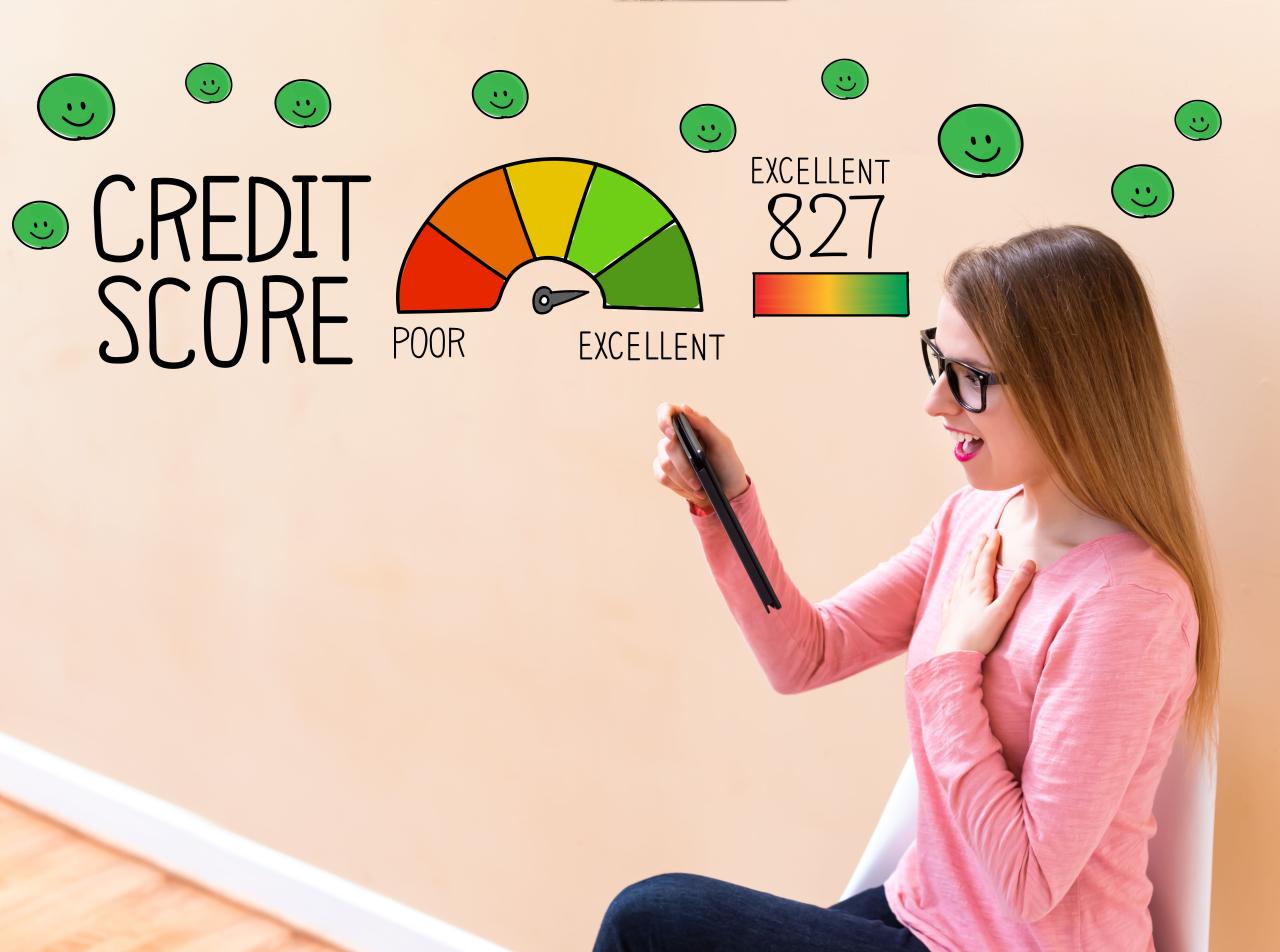The Forex market, short for Foreign Exchange market, is the largest and most liquid financial market in the world. With an average daily trading volume often exceeding $7 trillion, it dwarfs stock markets and offers unparalleled opportunities for profit, but also significant risks. For aspiring traders, understanding the intricacies of Forex trading is essential. This comprehensive master guide will demystify the Forex landscape, explaining its core mechanics, dissecting various trading strategies, highlighting crucial risk management techniques, and providing insights into the psychological fortitude required to navigate this dynamic environment. Our aim is to equip you with the knowledge needed to approach Forex trading with confidence and a strategic mindset.
The Forex Market Ecosystem

At its heart, Forex trading involves simultaneously buying one currency and selling another. Currencies are always traded in pairs, such as EUR/USD (Euro/U.S. Dollar) or GBP/JPY (British Pound/Japanese Yen).
A. Core Participants in the Forex Market
The Forex market is decentralized, meaning there’s no central exchange. Instead, it’s a global network of participants.
A. Major Banks (Interbank Market): These are the largest players, forming the backbone of the Forex market. They trade huge volumes among themselves, facilitating international commerce and hedging activities. Their immense transactions dictate the prevailing exchange rates.
B. Central Banks: Institutions like the Federal Reserve (U.S.), European Central Bank, and Bank of Japan intervene in the market to influence their national currency’s value, primarily to manage inflation, stimulate growth, or stabilize their economy. Their actions can cause significant market movements.
C. Corporations: Multinational corporations engage in Forex to facilitate international trade, make investments abroad, or hedge against currency fluctuations that could impact their profits. For instance, a European company importing goods from the U.S. will need to exchange Euros for U.S. Dollars.
D. Hedge Funds and Investment Managers: These entities trade currencies to speculate on market movements, diversify portfolios, or hedge existing investments. They often employ sophisticated algorithmic strategies and manage large sums of capital.
E. Retail Traders: Individual traders who participate in the market through online brokers. This segment has grown exponentially with the advent of accessible trading platforms, allowing anyone with an internet connection to participate.
B. Understanding Currency Pairs and Quotes
Every Forex trade involves a currency pair, quoted with a base currency and a quote currency.
A. Base Currency: The first currency in the pair (e.g., EUR in EUR/USD). It’s always worth one unit.
B. Quote Currency: The second currency in the pair (e.g., USD in EUR/USD). It indicates how much of the quote currency is needed to buy one unit of the base currency.
C. Bid and Ask Prices: Every currency pair has two prices:
A. Bid Price: The price at which you can sell the base currency.
B. Ask Price: The price at which you can buy the base currency.
The difference between the Bid and Ask price is the spread, which is the broker’s commission.
D. Pips (Percentage in Point): The smallest unit of price movement in a currency pair. For most pairs, a pip is the fourth decimal place (e.g., if EUR/USD moves from 1.1200 to 1.1201, it’s a 1-pip movement). For JPY pairs, it’s usually the second decimal place. Understanding pip value is crucial for calculating profit and loss.
E. Lots: Forex trading involves large sums, so currencies are traded in “lots.”
A. Standard Lot: 100,000 units of the base currency.
B. Mini Lot: 10,000 units of the base currency.
C. Micro Lot: 1,000 units of the base currency.
Understanding lot sizes is vital for managing trade size and risk.
C. Leverage and Margin
These concepts are fundamental to Forex trading and carry both opportunities and significant risks.
A. Leverage: Allows traders to control a large position with a relatively small amount of capital. For example, 1:100 leverage means for every $1 you put up, you can control $100 worth of currency.
A. Pros: Amplifies potential profits significantly.
B. Cons: Amplifies potential losses just as quickly. A small unfavorable price movement can wipe out your account.
B. Margin: The amount of money required by your broker to open and maintain a leveraged position. It’s not a fee but a deposit. If your losses exceed your margin, you may face a margin call, requiring you to deposit more funds or your positions will be automatically closed.
Fundamental and Technical Analysis
Successful Forex trading relies on a blend of two main analytical approaches.
A. Fundamental Analysis
This involves assessing the economic, social, and political factors that can influence currency values.
A. Economic Indicators: Key data releases that provide insights into a country’s economic health.
A. Gross Domestic Product (GDP): Measures the total value of goods and services produced. Strong GDP growth often signals a strong economy and potentially a stronger currency.
B. Inflation (CPI/PPI): Consumer Price Index (CPI) and Producer Price Index (PPI) indicate price changes. High inflation can lead central banks to raise interest rates, potentially strengthening the currency.
C. Interest Rates: Set by central banks, interest rates are a primary driver of currency value. Higher interest rates typically attract foreign investment, increasing demand for the currency.
D. Employment Data (Non-Farm Payrolls): Key indicators of labor market health. Strong employment often correlates with economic growth.
E. Retail Sales: Measures consumer spending, a significant component of economic activity.
F. Trade Balance: The difference between a country’s exports and imports. A trade surplus (exports > imports) is generally positive for a currency.
B. Central Bank Policies: Decisions by central banks (e.g., interest rate changes, quantitative easing/tightening) have a profound impact on currency values. Traders closely watch central bank meetings and speeches for clues about future policy.
C. Geopolitical Events: Wars, political instability, elections, and major international agreements can create significant currency volatility as they impact economic stability and investor confidence.
D. Market Sentiment: The overall mood of the market towards a currency, often influenced by news, speculation, and the collective interpretation of economic data.
B. Technical Analysis
This involves studying historical price charts and patterns to forecast future price movements. It assumes that all relevant information is already reflected in the price.
A. Chart Patterns: Recurring formations on price charts that suggest future price direction.
A. Reversal Patterns: Indicate a potential change in trend (e.g., Head and Shoulders, Double Top/Bottom).
B. Continuation Patterns: Suggest the existing trend will continue (e.g., Triangles, Flags, Pennants).
B. Indicators: Mathematical calculations based on price and volume data, displayed on charts to help identify trends, momentum, and overbought/oversold conditions.
A. Moving Averages (MA): Smooth out price data to identify trends. Crossovers of different moving averages can signal buy/sell opportunities.
B. Relative Strength Index (RSI): A momentum oscillator that measures the speed and change of price movements, indicating overbought (>70) or oversold (<30) conditions.
C. MACD (Moving Average Convergence Divergence): Shows the relationship between two moving averages of a currency’s price, used to identify trend, momentum, and potential trend reversals.
D. Bollinger Bands: Volatility bands placed above and below a moving average, useful for identifying periods of high or low volatility and potential price breakouts.
C. Support and Resistance Levels: Price levels where a currency’s upward or downward movement tends to pause or reverse.
A. Support: A price level where buying interest is strong enough to prevent the price from falling further.
B. Resistance: A price level where selling interest is strong enough to prevent the price from rising higher.
Breakouts above resistance or below support can signal new trend directions.
D. Trend Lines: Lines drawn on charts connecting consecutive highs (downtrend) or lows (uptrend) to visually represent the direction and strength of a price trend.
Essential Forex Trading Strategies
There’s no single “best” strategy; success often comes from finding a strategy that fits your personality, risk tolerance, and time commitment.
A. Day Trading
Opening and closing all trades within the same trading day to avoid overnight risks and fees.
A. Characteristics: High frequency of trades, short timeframes (e.g., 5-minute, 15-minute charts), focus on small price movements.
B. Pros: No overnight interest charges; potentially high returns if successful; fast-paced and exciting.
C. Cons: Very demanding; requires constant monitoring; high transaction costs due to frequent trading; significant psychological pressure.
B. Swing Trading
Holding trades for several days or weeks to capture larger price swings within a trend.
A. Characteristics: Focus on daily or 4-hour charts; targets larger pip movements than day trading.
B. Pros: Less time-consuming than day trading; allows for more thoughtful analysis; can capture substantial profits from sustained trends.
C. Cons: Exposed to overnight and weekend risks (gap openings); requires patience to wait for setups; susceptible to sudden news events.
C. Position Trading
Long-term trading, holding positions for weeks, months, or even years, primarily based on fundamental analysis.
A. Characteristics: Focus on weekly or monthly charts; ignores minor price fluctuations; aims to profit from major economic trends.
B. Pros: Least time-consuming; lower transaction costs; less psychological stress from short-term volatility.
C. Cons: Requires significant patience; large capital commitment; vulnerable to long-term fundamental shifts; can incur substantial overnight interest (rollover fees).
D. Scalping
Executing a very large number of extremely short-term trades (seconds to minutes) to profit from tiny price movements.
A. Characteristics: High frequency, often automated; targets 1-5 pip profits per trade.
B. Pros: Minimal market exposure time; can accumulate small profits quickly.
C. Cons: Extremely demanding; requires fast execution and low spreads; highly susceptible to slippage and technical issues; not suitable for all brokers.
E. Algorithmic Trading (Algo Trading)
Using computer programs (Expert Advisors or EAs) to execute trades based on predefined rules and parameters.
A. Characteristics: Automated execution; can backtest strategies on historical data; removes emotional bias.
B. Pros: Speed and efficiency; can monitor multiple markets simultaneously; consistent execution of strategy.
C. Cons: Requires programming skills or pre-built EAs; susceptible to technical glitches; need to adapt to changing market conditions; can over-optimize for past data.
Critical Risk Management for Forex Traders

Neglecting risk management is the fastest way to lose money in Forex. It is more important than any strategy.
A. Always Use Stop-Loss Orders
A stop-loss order automatically closes your position when the price reaches a predefined loss level.
A. Purpose: Limits potential losses on a trade, preventing a small loss from becoming a catastrophic one.
B. Placement: Set your stop-loss based on technical analysis (e.g., below a support level) or a fixed percentage of your account.
C. Importance: Essential for capital preservation, especially with leverage. Never trade without a stop-loss.
B. Understand Position Sizing
This determines how much risk you take on each trade.
A. Risk a Small Percentage: Never risk more than a small percentage (e.g., 1-2%) of your total trading capital on any single trade. If you have a $10,000 account, risking 1% means a maximum loss of $100 per trade.
B. Calculate Lot Size: Based on your chosen risk percentage, your stop-loss distance (in pips), and the pip value of the currency pair, calculate the appropriate lot size for your trade. This is crucial for managing exposure.
C. Set Take-Profit Orders
A take-profit order automatically closes your position when the price reaches a predefined profit target.
A. Purpose: Locks in profits, preventing a winning trade from turning into a losing one due to market reversal.
B. Placement: Set your take-profit based on technical analysis (e.g., at a resistance level) or a predetermined risk-to-reward ratio.
D. Maintain a Favorable Risk-to-Reward Ratio
This is the potential profit you aim for relative to the potential loss you’re willing to accept.
A. Minimum 1:2 Ratio: Aim for at least a 1:2 risk-to-reward ratio (e.g., risking 50 pips to gain 100 pips). This means even if you only win 40% of your trades, you can still be profitable.
B. Consistency: Consistent application of a good risk-to-reward ratio is key to long-term profitability.
E. Diversify and Avoid Over-Leveraging
A. Don’t Put All Your Eggs in One Basket: Avoid concentrating too much capital on a single currency pair or a single trade.
B. Beware of Over-Leveraging: While leverage can amplify profits, excessive leverage is the leading cause of retail trader account blow-ups. Use leverage cautiously and in conjunction with strict position sizing.
The Psychology of Trading
Forex trading is as much a psychological game as it is analytical. Emotions can be your biggest enemy.
A. Discipline and Patience
A. Stick to Your Plan: Once you’ve developed a trading plan, stick to it rigorously. Don’t deviate based on impulse or fear of missing out (FOMO).
B. Wait for Setups: Don’t force trades. Patience means waiting for your predefined trading setups to materialize before entering the market. Not every market condition is tradable.
B. Emotional Control (Fear and Greed)
A. Fear: Can lead to premature exits from winning trades or hesitation to enter valid setups.
B. Greed: Can lead to holding onto winning trades for too long, turning them into losers, or taking on excessive risk.
C. Objective Decision-Making: Rely on your analysis and pre-defined rules, not on gut feelings driven by fear or greed
C. Resilience and Learning from Losses
A. Losses are Inevitable: No trader wins every time. Accept that losses are a normal part of trading.
B. Analyze Mistakes: After a loss, objectively review what went wrong. Was it a flaw in your strategy, poor execution, or an external factor? Learn from it and adjust.
C. Don’t Chase Losses: Trying to recoup losses by taking larger, riskier trades is a common path to further financial ruin.
D. Avoid Overtrading
Excessive trading, often driven by boredom or the desire for constant action, can lead to poor decision-making and increased transaction costs. Focus on quality over quantity.
Choosing a Forex Broker
Your broker is your gateway to the market. Choose wisely.
A. Regulation and Security
A. Regulatory Compliance: Ensure the broker is regulated by reputable financial authorities in well-known jurisdictions (e.g., FCA in the UK, CySEC in Cyprus, ASIC in Australia). This protects your funds in case of broker insolvency.
B. Fund Segregation: Verify that the broker segregates client funds from their own operational funds, offering an extra layer of protection.
B. Spreads and Commissions
A. Competitive Spreads: Look for brokers with tight, competitive spreads, especially on the currency pairs you plan to trade frequently.
B. Commission Structure: Understand if the broker charges commissions per trade in addition to spreads. Compare total trading costs.
C. Trading Platform
A. MetaTrader 4 (MT4) / MetaTrader 5 (MT5): These are the industry standards, widely used and feature-rich, offering advanced charting tools, indicators, and support for Expert Advisors (EAs).
B. Proprietary Platforms: Some brokers offer their own platforms. Evaluate their user-friendliness, features, and stability.
C. Mobile Trading: Ensure the platform offers robust mobile applications for trading on the go.
D. Customer Support
A. Responsiveness: Test their customer support before opening an account. Are they responsive and knowledgeable?
B. Availability: Do they offer 24/5 support (as the Forex market operates almost continuously)?
E. Deposit and Withdrawal Options
A. Variety: Do they offer convenient deposit and withdrawal methods that suit you (e.g., bank transfer, credit/debit card, e-wallets)?
B. Fees and Processing Times: Check for any deposit/withdrawal fees and typical processing times.
Practical Steps to Begin Your Forex Trading Journey
Embarking on Forex trading requires a structured approach.
A. Get Educated
A. Learn the Basics: Understand fundamental concepts like pips, lots, leverage, and margin.
B. Study Analysis: Dive deep into both fundamental and technical analysis. There are countless free and paid resources online.
C. Understand Risk: Learn extensively about risk management techniques before you ever place a live trade.
B. Start with a Demo Account
A demo account allows you to trade with virtual money in a real market environment.
A. Practice Without Risk: This is invaluable for testing strategies, familiarizing yourself with the trading platform, and getting comfortable with market dynamics without risking real capital.
B. Build Confidence: Use the demo account until you consistently demonstrate profitability over a sustained period (e.g., 3-6 months). Treat it as if it were real money.
C. Develop a Trading Plan
A comprehensive trading plan is your roadmap.
A. Strategy: Define your entry and exit criteria, chosen timeframes, and preferred currency pairs.
B. Risk Management: Outline your maximum risk per trade, overall portfolio risk limits, and stop-loss/take-profit placement rules.
C. Trading Journal: Keep a detailed record of every trade – entry/exit points, reasons for the trade, emotions, and lessons learned. This is crucial for identifying patterns in your performance.
D. Goals: Set realistic profit goals and realistic loss limits.
D. Start with a Small Live Account
When you transition to a live account, start with a minimal amount of capital you can afford to lose. This allows you to experience real market psychology without severe financial repercussions.
E. Continuous Learning and Adaptation
The Forex market is constantly evolving.
A. Stay Updated: Follow economic news, central bank announcements, and geopolitical developments.
B. Review and Adapt: Regularly review your trading performance, analyze your trading journal, and be willing to adapt your strategies as market conditions change.
C. Never Stop Learning: The most successful traders are lifelong learners.
Conclusion
Forex trading offers an enticing blend of challenge and opportunity. It’s a market where fortunes can be made and lost with astonishing speed, making it both alluring and daunting. However, by approaching it with a solid understanding of its mechanics, a robust analytical framework (combining both fundamental and technical analysis), an unwavering commitment to risk management, and the development of strong psychological discipline, you can significantly enhance your chances of success. Choosing the right broker and diligently following a well-structured trading plan are not optional; they are foundational to navigating the global currency tides. Remember, mastery in Forex trading isn’t achieved overnight. It’s a journey of continuous learning, adaptation, and disciplined execution. Embrace the process, respect the market, and work towards becoming a truly proficient Forex trader.













